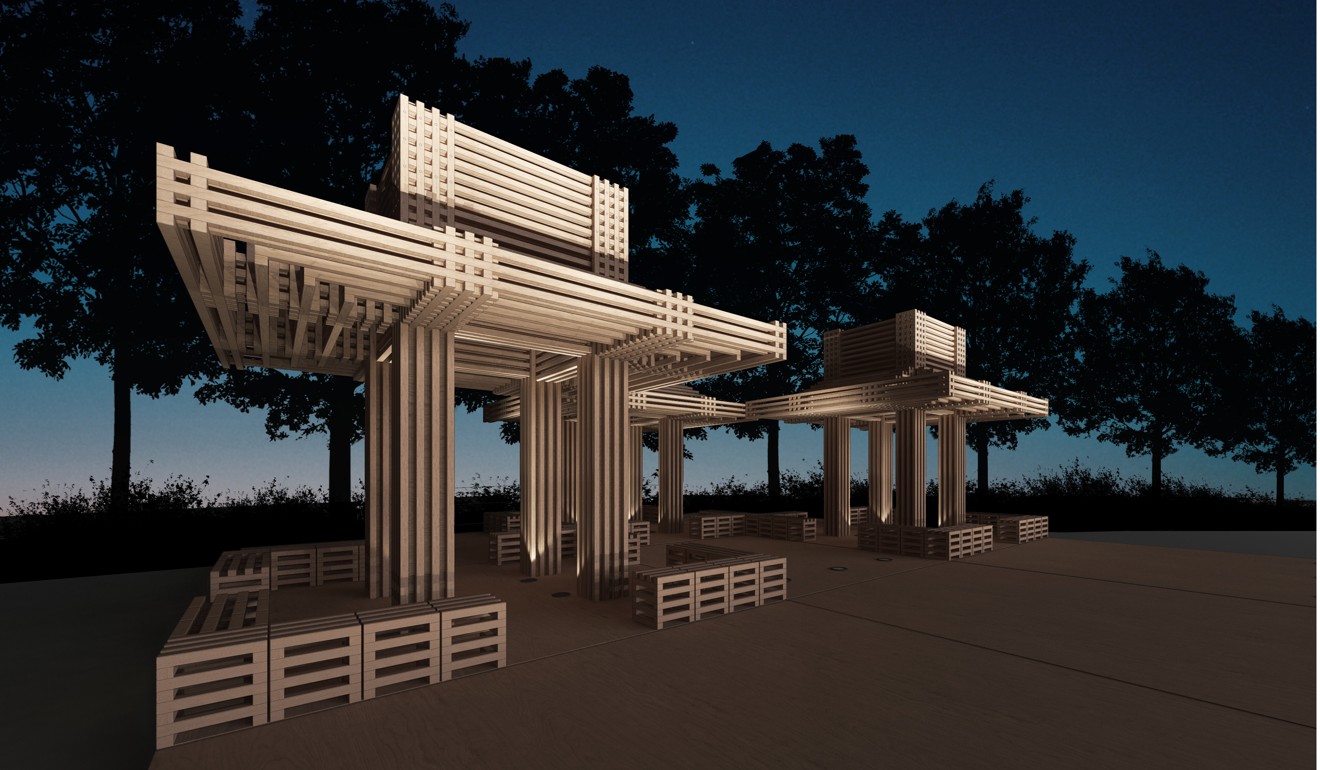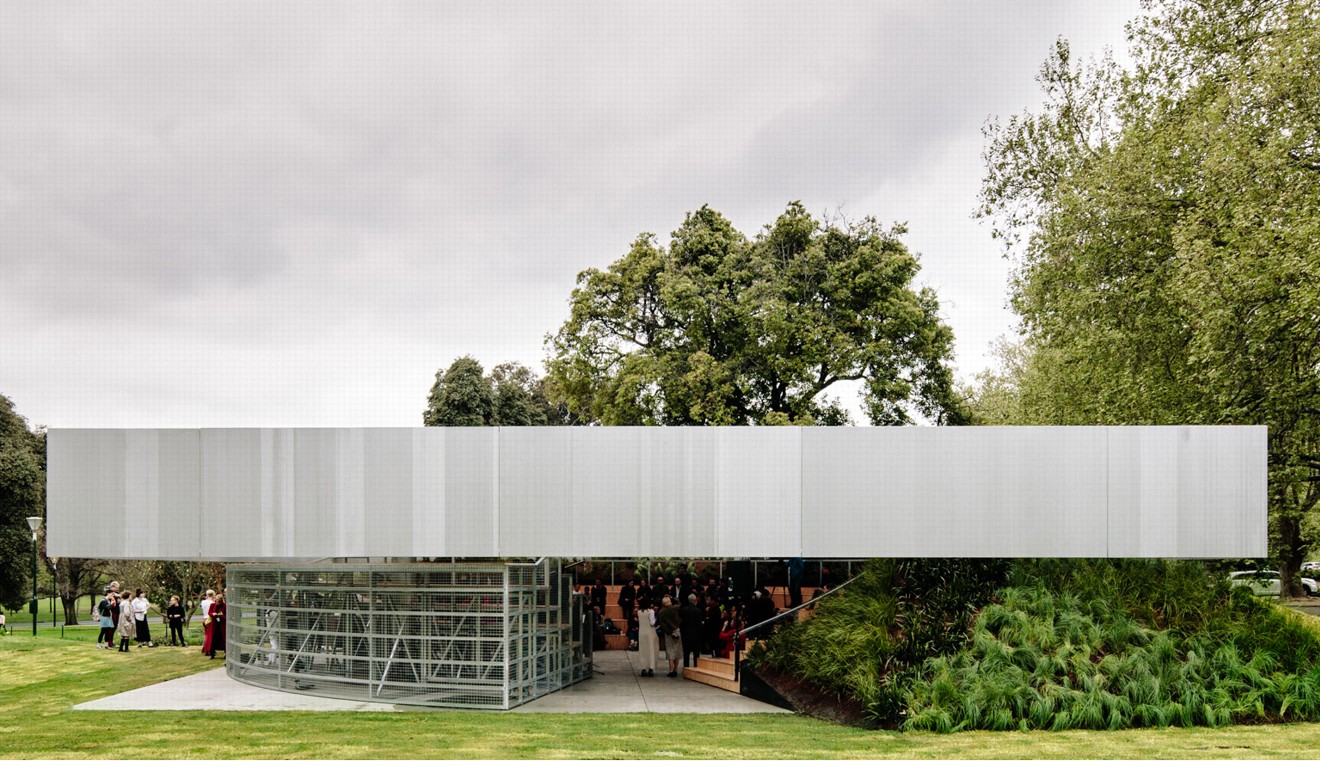
Architects realise their dreams thanks to ultra rich in Hong Kong and China who serve as patrons
People such as Hong Kong property heir Adrian Cheng provide architects with financial backing so they can turn great ideas into reality – often non-commercial ones but which patrons believe will benefit their city
The Rockefeller Centre, Palais Bourbon, Burj Khalifa. Built centuries apart in different parts of the world, these architectural icons all have one thing in common: each is named after a patron with deep pockets.
As long as architects have been designing buildings, they have needed someone to fund them. The pharaohs supported ancient Egyptian architects, European aristocrats funded Renaissance palaces, and industrialists such as Andrew Carnegie often bankrolled 20th-century skyscrapers. On top of cash, these patrons have historically provided political clout, helping shepherd buildings to completion.
Louvre Abu Dhabi’s architect on what inspired its revolutionary design
Today, buildings are more likely to bear the name of a company than an individual. But behind the scenes, patrons are still supporting architects around the world.
In Hong Kong, New World Development heir Adrian Cheng Chi-kong recently founded the non-profit organisation Culture For Tomorrow to give up-and-coming architects funding and support to realise their more experimental ideas.
“I get to meet and work with a lot of designers and architects thanks to my line of work, many of them young, aspiring and very driven,” Cheng says. “But increasingly we’re noticing that a lot of great concepts by young architects often go untested.”

Culture For Tomorrow’s first initiative was Hot Is Cool, an exhibition that ran from December 8 to 13 and explored the difference between public spaces in Finland and Hong Kong. For Hot Is Cool, Cheng challenged Hong Kong architect Stanley Siu to design a Chinese pavilion appropriate for contemporary urban life.
Public space in Hong Kong – meet the architect hoping to spark a conversation
It is small, non-commercial projects like this that Cheng believes are being overlooked – and he believes it’s affecting the quality of public space. “These concepts can bring about positive change in our lives,” he says.
In 2018, Culture For Tomorrow will host “Mobile Playground”, a series of events giving architects an opportunity to experiment with spaces designed for children.

Patrons have their own reasons for supporting architects. When Chinese businessman Lu Xun and his father, Lu Jun, noticed that international architects were struggling to break into China in the early 2000s, they decided to step in and help.
“Back them in China, there was very little opportunity for architects,” Lu Xun says. “Developers were more focused on cost-effectiveness than design. We wanted to change that and give architects opportunities to realise projects that otherwise cannot be realised.”
In 2003, the Lus secured about 46 hectares of untouched land outside Nanjing, divided it into plots, then assigned each plot to a different architect. The complex is now an arts and architecture hub called Sifang Parkland, featuring buildings by more than 20 major architects including Steven Holl, David Adjaye and Wang Shu.
Also included are The Six-Room, a six-unit concrete building by artist Ai Weiwei, and a hotel designed by Ettore Sottsass, completed earlier this year.
The term ‘modern architecture’ is one most British people shy away from, particularly when it comes to their own homes
Lu and his father try to give the architects as much freedom as possible.
“David Adjaye once told me the house he did at Sifang Parkland was the most avant-garde of his early career works and it’s so rare to have a client that gives so much freedom and flexibility,” Lu says.
As well as helping architects break into China, Lu and his father founded Sifang Parkland to provide a space for the Chinese public to learn about art and architecture. “All of these buildings are used publicly and new communities are being built in and around these buildings,” Lu says.
Engagement with the public is also at the heart of the work of the Naomi Milgrom Foundation, a non-profit organisation founded in 2014 by Australian philanthropist Milgrom to support art, architecture and design projects around the world.

Milgrom’s most prominent project is MPavilion, a temporary arts and events space erected for four months every year in Melbourne. Milgrom commissions a different architect to design each MPavilion and this year she enlisted Rem Koolhaas and his firm OMA.
Inside Melbourne’s new MPavilion, designed by Rem Koolhaas firm OMA, and why the architect is all for movable structures
Milgrom was partly inspired to establish MPavilion by the benefits it brings to Melbourne and its residents. “I think Melbourne has the capacity to differentiate itself from any other city in Australia through architecture and design,” she says. “I think that we have the potential to open up dialogue about architecture and design in the Asia-Pacific region and to make Melbourne a meaningful place for that debate.”

To encourage discussion about architecture and urbanism, MPavilion hosts more than 300 talks, workshops and performances during its four-month run. In 2017, Milgrom also hosted the inaugural Living Cities Forum, which brought together leading international architects to host public discussions about how to make cities more liveable.
“Melbourne’s the fastest growing Australian city and it’s increasingly becoming an Asian city, so we need to give voice to the issues that are concerning all of us about infrastructure, transport, green space,” she says.
We wanted to … give architects opportunities to realise projects that otherwise cannot be realised
“The term ‘modern architecture’ is one most British people shy away from, particularly when it comes to their own homes,” says Mark Robinson, director of Living Architecture. “They much prefer a more traditional style of house, something which might have been around for generations.
“Living Architecture sought to change these perceptions by inviting people to experience a stay in a more contemporary home. The hope is that in the future, they might be more demanding of the type of house they want from large developers, and force them to create better designed and higher quality housing.”
One of Living Architecture’s houses, designed by Dutch studio MVRDV, Balancing Barn is a long, single-storey house clad in shiny steel tiles that protrudes over the edge of a hill and hangs dramatically in mid-air.

Another is A House For Essex, designed by FAT Architecture and artist Grayson Perry, who created a chapel-like building covered in green and white tiles and topped with a gleaming gold-coloured roof. Perry described it as “bonkers”.
All of these projects have generated huge public debate and media interest. Although property developers are slow to adapt, Robinson is beginning to see the seeds of change.
We pray to see Victoria Harbour in its rightful beauty in our lifetimes
“Over the last few years there have been a number of small developers who have emerged … [they bring a] higher level of design to the housing market. This is all very positive, but is in the minority,” he says.
None of these patrons are likely to fund a flashy skyscraper bearing their name, but they’re all working in their own way to support architects.
“There are a lot of people doing incredible work out there,” Milgrom says.

